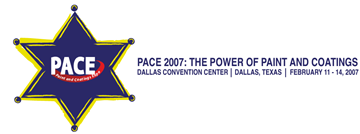Search
Individual Conference Papers
View as
Sort by
Display
per page
Very High Strength Low Alloy Steels For HPHT Applications
Product Number:
51322-17721-SG
Publication Date:
2022
$20.00
Vessels Replacement Program to Enhance Safety and Reliability
Product Number:
MPWT19-15496
Publication Date:
2019
$0.00
Vintage Pipeline Enhanced Corrosion Management Analysis
Product Number:
51324-21127-SG
Publication Date:
2024
$40.00
Vinyl Ester Linings for Flue Gas Desulfurization Systems
Product Number:
41207-387-SG
Publication Date:
2007
$20.00
Viscous Elastic Coating and Sealants: How they are unique and different from conventional corrosion prevention coatings
Product Number:
41213-747-SG
Publication Date:
2013
$20.00
Visual Determination of Film Thickness via Real-Time Enhanced Digital Imaging
Product Number:
51218-147-SG
Publication Date:
2018
$20.00
Visualizing Correlations of Water Quality and Cathodic Protection Parameters
Product Number:
51323-19333-SG
Publication Date:
2023
$20.00
VOC Content: Regulating Beyond What Can Be Measured?
Product Number:
41214-843-SG
Publication Date:
2014
$20.00
VOC Reduction in Epoxy Protective Coatings Using VOC-Exempt Solvents
Product Number:
51217-069-SG
Publication Date:
2017
$20.00
Volatile Corrosion Inhibitor (VCI) Testing – Pitfalls and Surprises in Routine Test Methods
Product Number:
51321-16323-SG
Publication Date:
2021
$20.00
Waiting for the Concrete to Dry: Waiting for the concrete to dry at Johnston Memorial medial building in Arlington, VA.
Product Number:
41212-708-SG
Publication Date:
2012
$20.00












